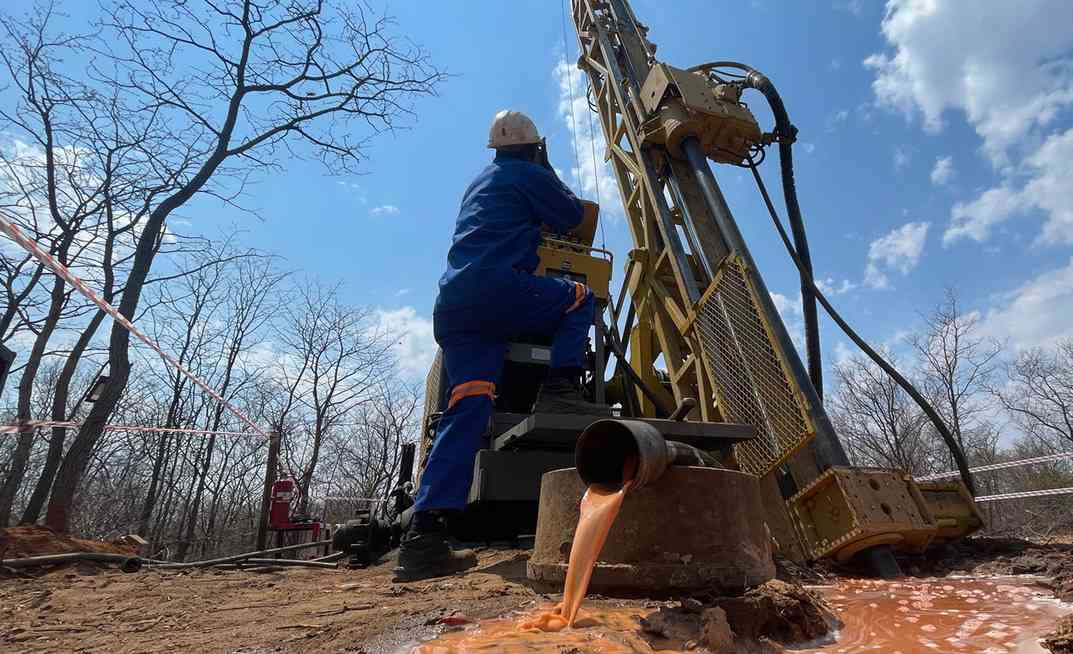
JOURNALISM is in crisis, again. The challenges to Press freedom are enormous and multi-faceted and they are deepening — in “free” and open societies as well as autocracies. And there are no simple solutions.
For individuals and entire media outlets, the crisis is existential.
Nearly 100 journalists and media workers have been killed since the Israel-Gaza war began last October — the worst death toll in a conflict zone in decades, the Committee to Protect Journalists says.
Others have been arrested, wounded or gone missing. Family members have also been killed.
Some journalists understandably believe they are targeted by Israeli forces.
Beyond the threat to life and limb, tens of thousands of media jobs were lost in 2023 and the trend this year is no better.
Entire outlets have shut down, or been taken over and/or dumbed down.
In our world of enhanced digital chaos and the font of bigotry and disinformation which is social media, audiences are as increasingly fractured as the news outlets they choose to turn to.
- Malawi chiefs shut down Chinese owned mines
- Malawi chiefs shut down Chinese owned mines
- Byo hosts annual media summit
- Feature: Pigeon rearing changes man’s life
Keep Reading
Bots and AI-generated deep fakes will compound all this politicised confusion and mistrust.
Torrents of trivia, subtle scare-mongering and old-fashioned intimidation are a potent combination in the erosion of freedoms and democracy.
Russia has seen a mass exodus of journalists. Hong Kong is a shadow of its former self. Myanmar’s regime is a killer and jailer of reporters.
But in an increasingly polarised United States, by some counts, over two-thirds of Americans say they don’t trust their mass media.
There is excellent reporting happening but much will pass unseen, or dismissed outright.
South Africa’s membership-based Daily Maverick shut down for an entire day in April to draw attention to how market failure was endangering independent journalism.
“Without journalism, our democracy and economy will break down,” the outlet declared.
How all these very different factors are coming together is clearly seen in the media coverage of our global climate breakdown and broader threats to our environment.
The environment is not just a highly dangerous topic to cover — sometimes akin to conflict reporting — but it has become a cesspit of corporate propaganda emitted by polluting industries, some of them giant State-owned entities, as well as their partners in disinformation ensconced in politics, academia, “non-profit” foundations and the mass media themselves.
Unesco is dedicating World Press Freedom Day this year to the importance of journalism and freedom of expression in the context of the current global environmental crisis.
As Unesco says: “Independent journalists as well as scientists are crucial actors in helping our societies to separate facts from lies and manipulation in order to take informed decisions, including about environmental policies.
“Investigative journalists are also shedding light on environmental crimes, exposing corruption and powerful interests, and sometimes paying the ultimate price for doing their job.”
As India, the world’s largest democracy, holds elections 10 years after Narendra Modi first took over as prime minister, Reporters Without Borders noted that at least 13 of the 28 journalists killed in India since then were working on stories linked to the environment, mainly land seizures and illegal mining.
Several were killed while investigating the so-called sand mafia, an organised crime network supplying the construction industry.
Reporters Without Borders ranked India 161st out of 180 countries in its 2023 World Press Freedom Index.
In the Global South, indigenous, local, and independent journalists and communicators are particularly vulnerable to violence and intimidation while working in remote areas without adequate backup and resources.
But in the world’s industrialised democracies — those that blazed the trail of bio-diversity mass extinction, pollution and emissions of greenhouse gases overheating our planet — major media outlets are actively aiding and abetting fossil fuel companies by partnering them.
As laid clear in a report by the outlets Drilled and DeSmog, many major media outlets have “an internal brand studio that crafts editorials, videos, even events and entire podcasts for advertisers, many of which are fossil fuel companies”.
“The likes of Politico, Reuters, Bloomberg, the NYT, the Washington Post and the Financial Times are all creating content for oil companies that directly contradicts what their climate reporters are publishing. And we know from peer-reviewed research that at most one-third of people can actually tell the difference between advertorial content and reporting.”
Journalists, particularly those covering the climate crisis and collapse of eco-systems, also have to confront those almost intangible contradictions that thwart efforts to engage and inform the public.
How does one communicate the magnitude of the dangers facing us and our planet to a global audience already bowed down under a barrage of awfulness? How does one resist what one US political scientist referred to as the “banality of crazy”?
He was referring to Donald Trump’s violent, sexist and racist rhetoric which has been heard so often that it sometimes barely stirs a media reaction, but the phrase could be used to describe other kinds of dangerously acceptable new-normal.
There is no one easy answer to all this. Freedom of the Press rests on just that. It also depends on our own integrity and credibility. - Farhana Haque Rahman






